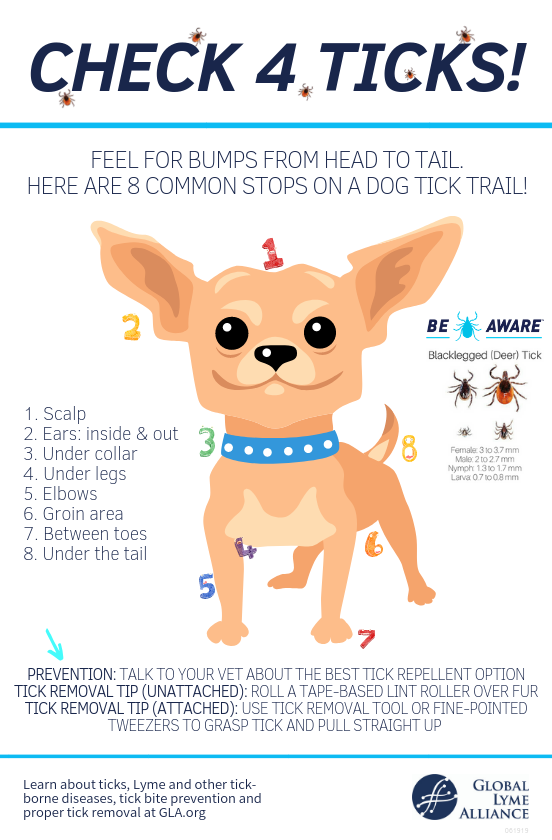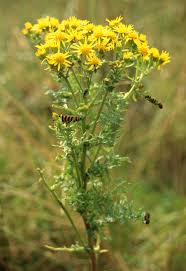Spring–Summer Survival Guide for Dog Owners in the UK
- Oliver Ringrose
- Apr 25
- 5 min read

As the sun stretches into longer days, many of us are spending more time outdoors with our dogs. It’s a fantastic time of year — but spring and summer in the UK bring some seasonal risks for our four-legged companions that are easy to miss until they become urgent. From venomous snake bites and insect stings to heatstroke, ticks, toxic plants, and hidden dangers like grass seeds, the risks can pile up quickly.
This guide is here to help you stay one step ahead so you can enjoy the season confidently with your dog by your side.
Adders: Understanding the Risk

Adders are the UK’s only native venomous snake. They’re shy by nature, but bites do happen — usually when a snake is accidentally stepped on or disturbed.
In southern regions like the New Forest, South Downs, and Dorset, sightings are common in spring and summer, especially in areas like heathland, moorland, woodland edges, and coastal paths. Adders tend to bask on warm, sunny days between late morning and late afternoon.
If you see a snake while out walking, calmly move away and keep your dog on the lead. Adders have a distinct zigzag pattern along their back, vertical (cat-like) pupils, and are usually 60–80 cm long. Mistaken identity is common, so a reference image can be helpful.
If your dog is bitten, carry them if possible, call your vet immediately, and get them seen as soon as possible — ideally within an hour.
Symptoms to Look Out For – Adder Bites:
Sudden yelp
Swelling (typically on a leg or muzzle)
Limping or pain
Lethargy
Vomiting or collapse
Adder Sightings – Stay Aware:
Want to know if adders are active near you?
Check community recording platforms like iRecord where real-time wildlife sightings (including adders) are logged by members of the public.
Or learn more about adder habitats through ARG UK’s "Make the Adder Count" project.
Insect Stings and Tick Bites

Bees, wasps, and horseflies can all cause local irritation, but some dogs have allergic reactions that escalate rapidly. While many stings are mild, any sting near the face or throat — or any signs of generalised swelling or distress — require urgent veterinary attention.
Ticks are increasingly common and can carry diseases like Lyme disease. Check your dog after every walk, especially around the ears, armpits, groin, and toes. If you find a tick, use a tick remover (never pull with fingers or tweezers) and disinfect the area.
Symptoms to Look Out For – Insect Stings:
Sudden licking or biting at the skin
Swelling, especially around the face or paws
Vomiting, pale gums, breathing difficulty, collapse (signs of anaphylaxis)
Symptoms to Watch For – Tick Issues:
Lump or visible tick
Redness or swelling
Lethargy or joint stiffness (possible Lyme disease)
Overheating and Dehydration: Know the Early Signs
Heatstroke is one of the most preventable emergencies — and it happens fast. Flat-faced breeds, older dogs, puppies, and excitable working breeds are particularly vulnerable.
Before heatstroke sets in, you may notice heavy panting, tongue curling, slowing down, or a dog choosing to lie down in the shade. Take these signs seriously. Give your dog water, rest in the shade, and avoid continuing the walk.
If heatstroke develops, symptoms become more severe and immediate action is required.
Early Signs of Overheating:
Excessive panting
Seeking shade
Pale or bright red gums
Slowing down or lying down mid-walk
Wide, hanging tongue
Symptoms to Look Out For – Heatstroke:
Vomiting or diarrhoea
Glazed eyes
Lethargy or confusion
Collapse or seizures
Rapid breathing
Unsafe Water and Waterborne Diseases
Dogs often drink from puddles, ditches, or ponds — but this habit can expose them to dangerous pathogens like Leptospirosis, Giardia, and blue-green algae.
Leptospirosis is spread by rat urine in stagnant water and can cause kidney or liver failure. Even vaccinated dogs are not protected against all strains.
Giardia is a parasite causing bloating, gas, and diarrhoea. It can spread quickly between dogs.
And blue-green algae — increasingly common in southern England — can be fatal within hours of exposure.
Blue-Green Algae: What to Look For
Appears as green, blue, or brown scum, foam, or flakes. Water may look like pea soup or have a musty smell. Sometimes it’s not visible at all. Keep dogs away from any water you're unsure of.
Symptoms to Look Out For – Blue-Green Algae Poisoning:
Vomiting or diarrhoea
Weakness, drooling
Disorientation or staggering
Seizures
Collapse or unconsciousness
Symptoms to Watch For – Leptospirosis:
Vomiting and diarrhoea
Fever or shivering
Yellowing of gums or eyes
Lethargy or collapse
Increased thirst or urination
Symptoms to Watch For – Giardia:
Soft, greasy stools
Mucusy diarrhoea
Bloating or gas
Weight loss
Carrying fresh water prevents dehydration and helps avoid unsafe drinking — it can even be used as a recall reward for water-loving dogs!
Toxic Plants and Foraging Hazards
Dogs that forage or chew plants to hydrate or self-soothe can expose themselves to a number of toxic species, including bluebells, foxglove, buttercups, daffodil bulbs, yew, and ragwort.
Symptoms to Look Out For – Toxic Plants:
Vomiting or diarrhoea
Drooling or foaming at the mouth
Mouth ulcers or irritation
Shaking or weakness
Collapse (severe cases)
If your dog eats an unknown plant or anything else suspicious.
Don’t wait — call your vet or contact Animal Poison Line on 01202 509000.
Hidden Danger: Grass Seeds
Tiny and sharp, grass seeds can burrow deep into a dog’s skin or ears, causing pain, infection, or abscesses. They’re most common in meadows, farmland, or along footpaths in long grass.
Check your dog thoroughly after each walk, especially between the toes, around the ears, armpits, and under the tail.
Symptoms to Watch For – Grass Seeds:
Sudden limping or lameness
Persistent licking of paws
Swelling or pain at site
Head shaking (ear entry)
Discharge or abscess
Early removal is crucial to prevent migration.
Feeding and Walking: Timing It Right
Feeding too close to exercise — whether before or after — can lead to dangerous outcomes, especially in larger breeds.
Dry kibble draws water from the body during digestion, which can increase internal heat and raise the risk of heatstroke. Feeding after exercise, before a dog has fully cooled and rehydrated, is also risky.
Wait 60–90 minutes after exercise before feeding, and don’t walk your dog for at least an hour after a meal.
Symptoms to Watch For – Bloat (GDV):
Swollen or hard belly
Retching without producing vomit
Excessive drooling or panting
Pacing, restlessness, signs of pain
Collapse or weakness
Bloat is life-threatening — get to a vet immediately.
Holiday Planning and Emergency Access
Before heading out on a trip or countryside walk, take a few minutes to find your nearest daytime vet and 24/7 emergency clinic. Save the numbers on your phone or write them down.
Also check local alerts for blue-green algae, adders, or tick infestations. Pack a dog-safe first aid kit including a tick remover, cooling towel, spare lead, and — always — water.
Use RCVS Vet Finder to locate practices anywhere in the UK.
If you own a holiday let, make sure you include the local emergency vets details in your welcome packs for guests.
10 Quick Tips for a Safe Season
Keep dogs on lead in adder-prone areas
Recognise signs of stings, ticks, and allergic reactions
Watch for early signs of overheating
Avoid stagnant or algae-contaminated water
Carry water to prevent dehydration — and use as a reward!
Wait before feeding after walks
Never feed just before walking
Check ears, paws, and fur for grass seeds
Know plant poisoning symptoms and act fast
Locate emergency vet access before travelling
Enjoy the sunshine, explore freely — and stay smart. A little preparation goes a long way in keeping your dog safe, healthy, and happy this season.
– Dog Smart Training & Behaviour Ltd



















Comments